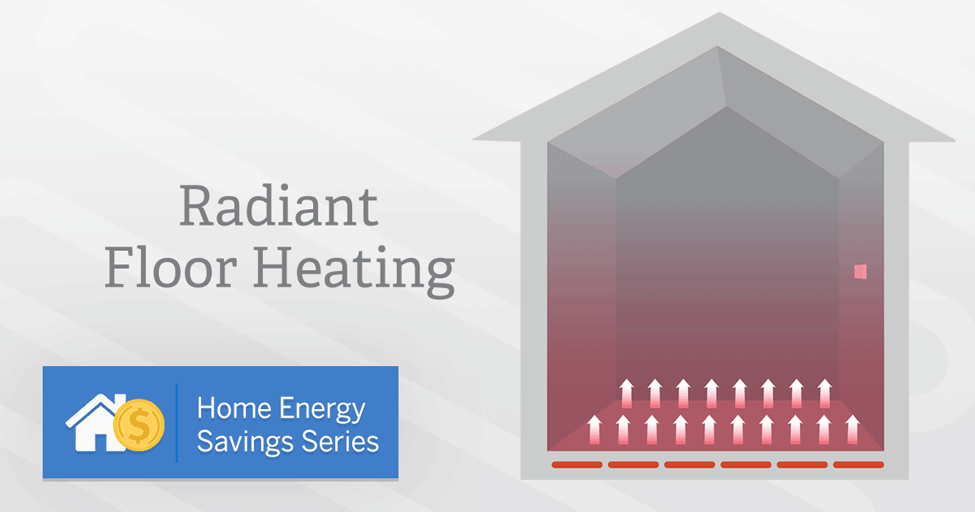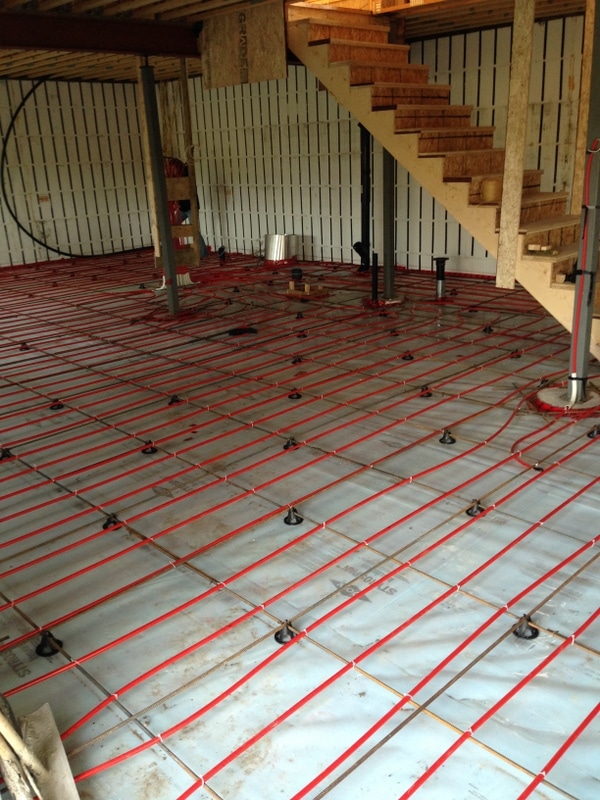
- #HYDRONIC RADIANT FLOOR HEATING COST PER SQUARE FOOT HOW TO#
- #HYDRONIC RADIANT FLOOR HEATING COST PER SQUARE FOOT INSTALL#
- #HYDRONIC RADIANT FLOOR HEATING COST PER SQUARE FOOT WINDOWS#
And as they’re better at circulating heat, they can use lower water temperatures. An average bathroom of 3.5 square metres could cost around £10 a month to run.Īs water-based systems hook up to existing boilers, they replace the need for radiators. uk estimate electric systems cost just under 10p per square metre when in operation for six hours. uk estimate whole system installations to cost £2,000+. But as a general rule, they will cost two or three times more than an electric system. Water-based systems tend to be installed during the build phase and therefore incorporated into a construction or renovation project. You can lay it yourself to save money, but will still need a qualified electrician to connect it to the power supply which may add between £150 and £250. So, exactly how much are you looking at? A safe estimation for electric systems installation is £75-£100 per square metre, although this does depend on the type of system. Meanwhile, smaller systems may not heat enough of the room and require radiators anyway.Īs we’ve already alluded to, underfloor heating installation costs can be high.

#HYDRONIC RADIANT FLOOR HEATING COST PER SQUARE FOOT INSTALL#
#HYDRONIC RADIANT FLOOR HEATING COST PER SQUARE FOOT WINDOWS#
And your floors will stay warm even if the windows are open or a room is very draughty.
#HYDRONIC RADIANT FLOOR HEATING COST PER SQUARE FOOT HOW TO#
No more pretending to know how to bleed the radiator…

Underfloor heating systems come in two different forms: electric and water.Įlectric systems – rely on a network of wires or coils under the floor that heat up. Advances in technology and developments in the understanding of underfloor heating have made it the go-to choice in a lot of new-build homes, with lifecycle costs now comparable to traditional radiators.

Luckily for us, we don’t need a bonfire to create our own underfloor heating today. Their methods involved various ways of drafting the smoke from fires into the floor. The Greeks and Romans followed suit on a larger scale by 500 BC, with a warmth underfoot considered essential for the Roman baths. The lucky ones.īut the yearning for warm feet goes back a lot further than that.Īs long ago as 5,000 BC, early types of Kang and Dikang (heated floor) were found in China, while primitive forms of Ondol (warm stone) were being used in Korea. A luxury commodity reserved for the elite. Around 30 years ago, the thought of underfloor heating was enough to make people dream.


 0 kommentar(er)
0 kommentar(er)
